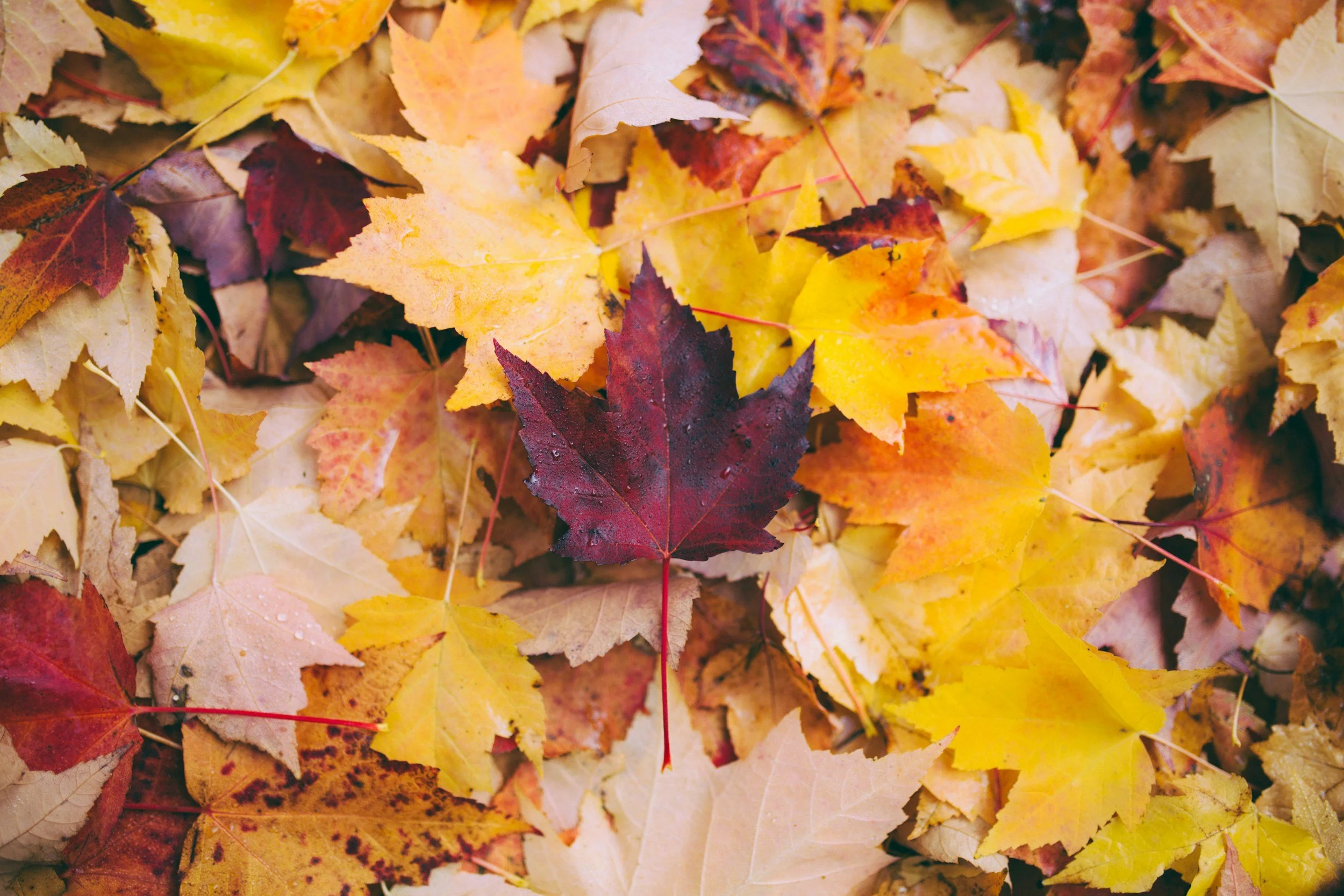Fall Garden Care: Building Soil Health for a Better Spring
As the growing season winds down, many gardeners take a break. But fall is one of the most important times to care for your soil. The steps you take now will set the stage for stronger, healthier plants in the spring.
At The Backyard, we follow the five principles of soil health all year round—even in the fall:
Cover the soil
Keep roots in the ground
Add compost or other organic amendments
Support plant and soil diversity
Minimize soil disturbance
By keeping these principles in mind, you can make sure your fall garden prep feeds the soil and not just the plants.
1. Clear and Sort Plant Debris (Wisely)
Remove diseased plant material. Anything showing signs of fungal disease, blight, or pest damage should be removed so it doesn’t overwinter in the soil.
Leave some structure for wildlife. Seed heads and stems provide habitats for pollinators, beneficial insects, and birds through the winter months.
This simple step helps protect next year’s plants while still supporting the ecosystem in your garden.
2. Build Soil Health with Amendments & Cover
Fall is an ideal time to add materials that will decompose over the winter and be ready for spring planting.
Add compost This directly feeds soil organisms, improves structure, and increases fertility. Order your locally made Compost here.
Use natural mulches. Leaves, straw, or wood mulches keep soil covered (principle #1), prevent erosion, and provide slow-release nutrients. Order your Wood and Straw mulch here.
Plant cover crops. Rye, clover, or peas keep living roots in the soil (principle #2), reduce compaction, and contribute organic matter.
3. Support Diversity in the Garden
Fall is also the time to plan for next season’s diversity.
Rotate crops and mix species. This reduces pest pressure, balances nutrient use, and supports soil microbes.
Order seeds and bulbs now. Look for a wide range of varieties suited to your climate, which will increase resilience in the garden.
4. Minimize Disturbance
It can be tempting to till or dig everything under at the end of the season, but soil health thrives when disturbance is limited so that the soil life ecosystem stays intact.
Instead:
Top-dress with compost and mulch rather than digging it in.
Use hand tools lightly where needed, but leave the soil structure intact whenever possible.
5. Observe & Reflect
Finally, fall is a time for noticing and planning.
Walk your garden slowly. Observe where water collects, where plants thrived, and where soil seems compacted or thin.
Keep notes. Journaling helps you track changes and adjust practices with intention each year.
Why Fall Work Matters
By applying the five principles of soil health in the fall, you’re giving your garden a head start for spring. Soil microbes will continue breaking down organic matter over the winter, setting the stage for nutrient-rich, living soil that supports healthy plants and resilient ecosystems.
So this season, don’t think of your garden tasks as “clean up.” Think of them as soil building.


